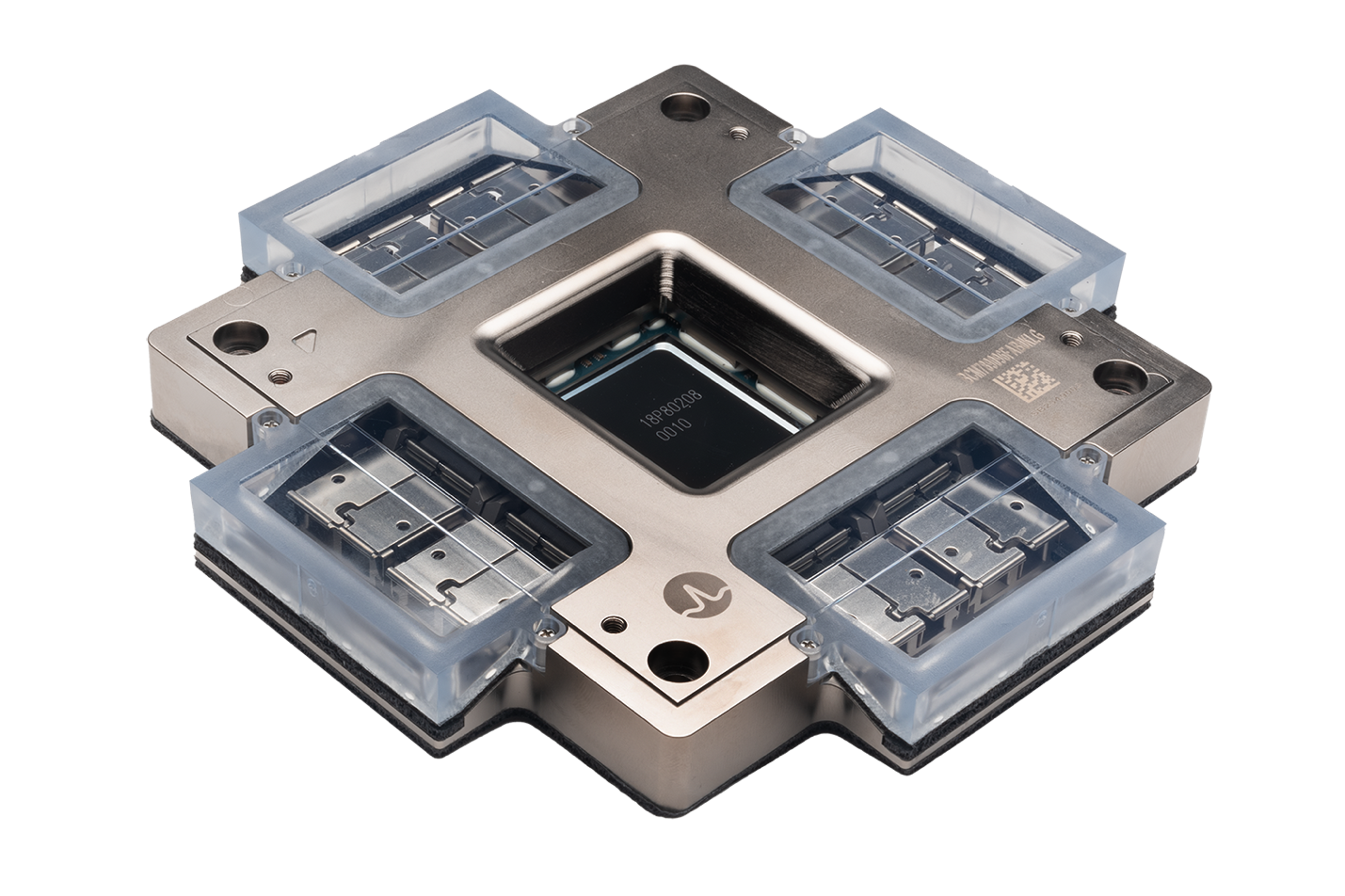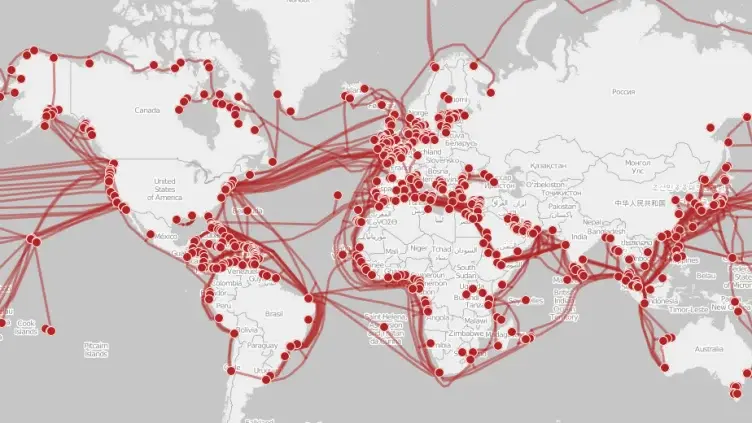Effective cable management is not just about tidying up the server room; it offers tangible benefits that impact your data...
Effective cable management is not just about tidying up the server room; it offers tangible benefits that impact your data center's performance:
Improved Airflow: Proper cable management ensures that cables do not obstruct airflow within racks, preventing overheating and reducing cooling costs.
Easy Troubleshooting: Organized cables make it easier to identify and address issues, reducing downtime and minimizing the risk of human error during maintenance.
Scalability: Well-managed cables are more adaptable to future expansion, saving you time and resources when adding or replacing equipment.
Compliance: Adhering to industry standards for cable management is often a requirement for certifications and audits.
Best Practices for Data Center Cable Management
Now that we understand the importance of cable management, let's explore some best practices to help you master this essential skill:
1. Plan Your Layout: Before running a single cable, have a clear plan. Consider the placement of racks, the location of power sources, and the path of data cables. Ensure there's adequate space for future expansion.
2. Use Cable Management Hardware: Invest in cable management accessories like cable trays, racks, and cable ties. These tools help organize and secure cables, preventing tangling and disarray.
3. Label Everything: Labeling cables and their connections is a lifesaver during troubleshooting and maintenance. Use color-coded labels for easy identification.
4. Route Cables Neatly: Keep power cables and data cables separate to reduce interference. Use cable management pathways, such as overhead or underfloor conduits, to maintain a clean and organized appearance.
5. Practice Cable Bundling: Group cables together using Velcro straps or cable ties. Avoid over-tightening, as it can damage cables or impede future modifications.
6. Maintain Documentation: Create and update cable documentation regularly. This includes detailed records of cable types, lengths, and connections. Digital tools can simplify this process.
7. Train Your Team: Ensure that your IT staff is trained in proper cable management techniques. Consistency in execution is key to maintaining a clean and efficient data center.
8. Regular Audits and Maintenance: Perform routine audits to identify and rectify any cable management issues. Remove unused or obsolete cables to declutter your racks.
9. Future-Proofing: When installing new cables, plan for future growth. Leave some slack for adjustments and additional connections.
Conclusion
In the fast-paced world of data centers, cable management may seem like a minor detail, but its impact is far-reaching. Proper cable management enhances system performance, reduces downtime, and simplifies maintenance tasks. By following these best practices and investing time and resources into cable organization, you'll ensure that your data center operates at peak efficiency, today and in the future.
Recent Posts
Introduction: A New Chapter in Optical Connectivit
Low-loss fiber connectivity is essential for...
Starting a data center hardware upgrade is a...
Posts by Tag
- data center (12)
- Fiber Optic Cables (11)
- Cabling (7)
- NETWORKING (6)
- Structured Cabling (6)
- Fiber Optic Cabling (5)
- Fiber Cable (4)
- Networking Cables (4)
- Fiber Cables (3)
- Hardware Security (2)
- IT Infrastructure (2)
- Port Replication (2)
- Sustainability (2)
- AI (1)
- Brocade (1)
- Carbon Offsetting (1)
- Data Security (1)
- FCOE Works (1)
- ICLs (1)
- IT Equipment (1)
- IT Network (1)
- IT infrastructures (1)
- POE (1)
- Switches (1)
- Tapped Holes (1)
- data centers (1)
- hardware (1)
- infrastructure (1)
- storage (1)
- strategy (1)
Popular Posts
Why does the gauge matter in my network’s racks?...
The internet may feel like an invisible, instant...
Introduction: A New Chapter in Optical Connectivit





